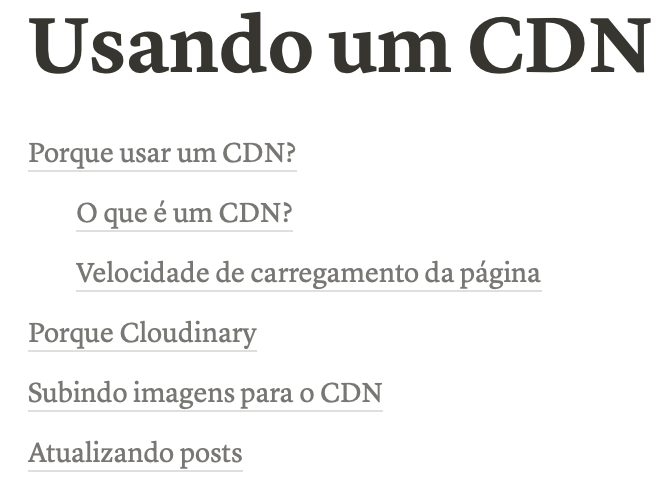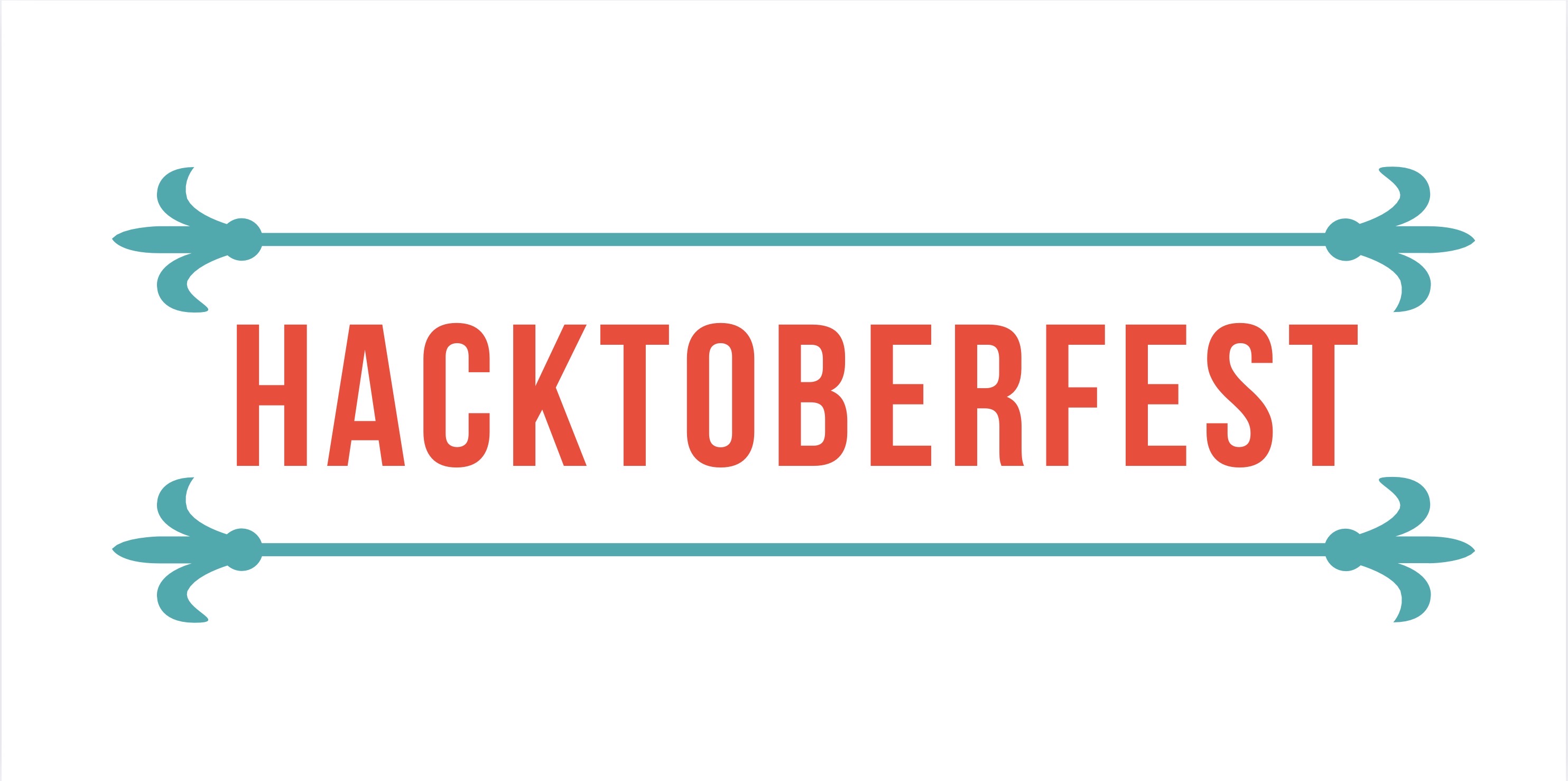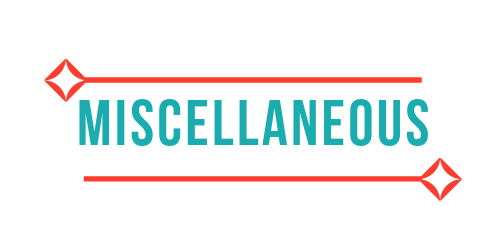My content creation process
I’ve been blogging for a few years, and since creating content has become my bread and butter, I’ve been thinking a lot about writing methods.
Just like programming well, writing well takes practice and dedication. After some time writing, you have a system, a collection of steps that you always follow, and then you start thinking about how to optimize your work to get better results and faster high-level deliveries.
This text is a reflection I’m doing about my own “writing method”, which is worth noting is the same method I use for any content I produce such as talks, videos, and podcasts. Besides, I want to show you in a practical way how you can start writing.
Where I started
Well, if you follow me you may know that I was not the best language and writing student in school and I never wanted to be a writer, but the world turns and here we are. Writing became a habit, later it became something I liked to do. Today, I can say that I love writing.
For me, writing is how I organize my ideas, how I understand the world and the concepts I study, and how I get information into my head. It’s such a fundamental part of my day-to-day asynchronous communication that if you take the writing away from me, I’ll probably be lost.
My first blog was a website that I used as a notepad, I basically chose a theme and deployed it. It was more for me than for anyone else, and above all, its goal was not to be a blog. It was a website where I posted notes and learnings.
I believe that not having content as the focus of my first website took off all the pressure that comes with “what if people don’t read what I write?” or “what if people judge me?” or even “what if I make mistakes?”, which gave me time and a safe place to practice writing itself.
As the writing process was relatively costly, since I had to recreate the markdowns that generated the posts manually, and with the initial boom of Medium, I spent some time writing there, especially because it was easy to write anywhere.
After a while Medium started charging per reading and blocking people with a paywall. It was then that I decided to leave the platform and go back to keeping the content in a free place where people could access it without paying.
After more than a year of writing on this site, I decided to turn it into a “content-first” blog. A real blog where the focus was on content and that was better for people to find what they were looking for. The first thing I did was change the theme and also started using cards to emphasize the content.
Practice leads to perfection
As I said before, writing is like programming, you need to practice daily, study, read other people’s materials to see how they frame their subjects, review what you’ve done, and release it to the world. But if you’re just starting out this can seem daunting and I often see people focusing on the wrong things.
I have four tips to give you, two of them are “theoretical” and the other two are practical, all of these are for those who are starting to grow that writing needs, or that want to practice. I say “theoretical” - in quotation marks - because they refer more to a way of looking at the habit of writing than the habit itself.
Theoretical tips:
- Avoid early optimization and focus on writing;
- Have two different moments: one for writing and another one for editing;
Practical tips:
- Write down the purpose of the text before starting to write the content;
- After writing the purpose, write a bulleted outline;
These statements sum up each tip well, but let’s go through each one more carefully.
Avoid early optimization and focus on writing
If your goal is writing, this is not the time to develop your own blog. Sometimes you want to use the blog as a study moment to learn how to use a new static page generator, or that framework that sets tongues wagging, and I understand that desire, really, but if you want to write, maybe using the blog as a space for learning a new technology is not a good idea.
We, people who develop, have a bad habit of wanting to implement everything our way, of implementing a better, more complete, full-of-features version of something, and we forget to focus on what’s important: delivering value. This goes for both code and writing and, in the case of content, the delivery of value is exactly that, the content.
For example, I’ve been using Notion a lot for writing drafts and keeping track of other projects. I’ve seen other people also want to use this same tool because it has a feature called Databases, which allows you to create content in an interconnected way, but do you really need to use databases now? Maybe not, especially if you want to write.
You can argue by saying: “I want to use databases now to avoid rework in the future”. And then I’ll tell you more: If you were writing code, which one day, maybe, you need to use a database, would you think about writing the integration with a database now? I like to believe you wouldn’t. At most you would structure your code to make refactoring easier in the future, wouldn’t you? So, apply the same thinking to your writing, make it easier on yourself as much as you can, but don’t get caught up on what you might need in the future.
Holding on to the future prevents you from focusing on the most important thing to deliver now: creating the practice of writing. You can even write on a notepad if you want, the important thing is to focus on what you really need.
Write in a moment, and edit in another
To be on the same page, I think it’s important to define what I see as editing. For me, editing is the act of removing unnecessary things, adjusting paragraphs and sentences to make more sense, and correcting typos. All activities that involve improving what has already been written. This is only possible after you have something on the page.
I know people who can write and edit text at the same time. This doesn’t work for me, I need to have two separate moments, one for each part. I like to say that first I drop everything I’m thinking about on the page and then I make it look nice.
Every time I did both things at the same time, I ended up giving up on publishing the content or even finishing the article. Besides, editing at one time and writing at another helps me to improve my content a lot and finish a piece in a shorter time span.
In addition to reducing the time to create an article, doing things separately also helps me reach the goal of all the content I make: publishing them so they can help someone else. After all, the content existing only on my computer serves no purpose other than taking up space.
Since we’re on the subject of editing, if you come to my house and I’m editing a text, you’ll find me reading it out loud. Reading out loud forces me to read content slowly, so finding flaws in explanations that seemed clear at the time of writing becomes easier, as does finding typos. Read your texts aloud before publishing them, trust me.
Start with the purpose and return to it whenever needed
Sometimes I have a problem with focusing: from time to time I feel like I want to cover more than one thing in the same piece of content. To overcome this focus problem I always start by writing down the text intro in the format of a goal to be achieved:
- Learn concept X;
- See how to implement Y;
- Find out how to do Z.
Obviously, that comes wrapped with a few more words of context and in a call-to-action format to grab the reader’s attention. The goal serves, in my view, mainly for two purposes:
- On the side of the reader: spark interest and provide clarity about what will be addressed or the problem to be solved;
- On the side of the writer: guide your writing and keep you in line, avoiding blurring the lines of the problem you set out to solve in the text.
Therefore, writing down the goal first is of great value. After finishing writing the draft, the first thing I do is check if I solved what I proposed at the beginning of the content. If the answer is no, either I adjust the content to achieve the goal or save the initial idea for a new blog post and rewrite the intro to match what I actually delivered.
A revelation that also occurred to me in this process is that my best articles aim at a very clear question to be answered. It’s true that if you can’t afford tools or research to optimize your text, the best optimization you can do is answer just one question per article. By doing this, both readers and Google will understand what that article proposes.
Write an outline in topics
After writing the main point of the article, I always try to organize my ideas, so I write down what I need to c without fail in topics. Let’s say these topics are the minimal recipe, but with no details, which ensures I’ve answered the initial question.
These topics usually define the sections of the text and they often become the headings and subheadings of certain sections. For example, I’m working on a material that talks about using a CDN in GitFichas.
I wrote the topics in the format of the questions I would ask to understand the reason for using a new tool in a project. I started with the reason for using a CDN, going through what it is and its relationship to the speed of a page load. Next, I thought I’d talk about which service I chose as a CDN. Then I’d tell you how I uploaded and organized the images on the CDN and finished with the update of the posts section to use the images from the CDN.

If this CDN blog post were in a tutorial format (which it is not today) it would likely still have a closing section to review concepts learned or to highlight key points.
Writing these topics helps me to define the initial structure of the text and also to break down the task of writing an article. Rather than thinking about writing an entire article, I might start with just one section, pause, move on to another, and so on.
After writing the topics of the most important sections, I also list in bullet points format the topics I will cover in each section. Thinking about topics before writing the entire text can also help to find structure flaws and facilitate adaptation before having to completely rewrite sections, so I make my life easier in case I need to make any major changes right away.
Conclusion
It’s important to remember that this is my process and it works really well for me although it took me about three years to get really happy with it.
I’m telling you that it took about three years, not to put you off, but to reassure you that if finding your method is taking a while, that’s okay.
The most important thing is that you find what works for you, your process, at your own pace.
Recap
Finally, I bet you want a summary of everything you just read, right? Here are the main points:
- Avoid early optimization and focus on writing;
- Have two different moments: one for writing and another for editing;
- Write down the purpose of the text before starting to write the content;
- Write an outline.
Finally, try to put into practice at least one of the things you learned from this text as soon as possible, while your memory is fresh, chances are that will incorporate this new way of thinking faster if you do so.




